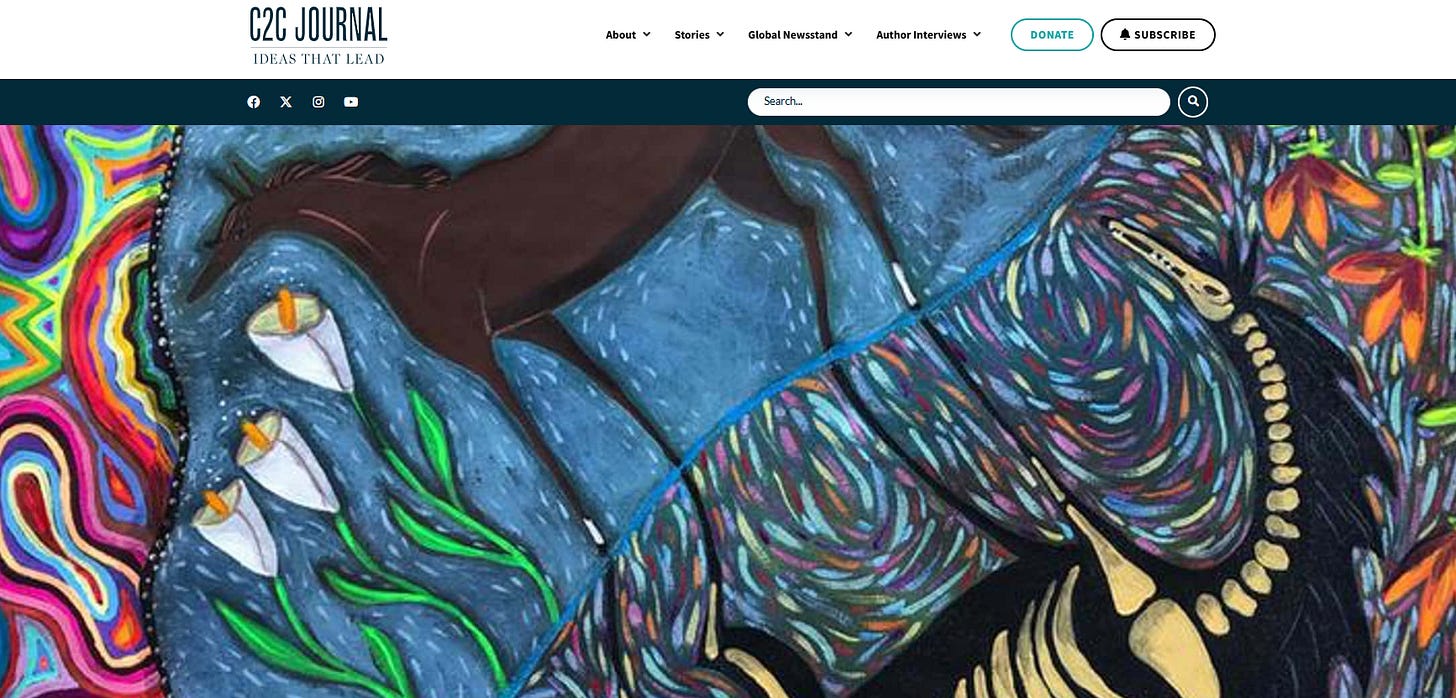A Campus or a Cemetery?
The University of Toronto’s Bizarre Memorial Stones: originally published in Canada's C2C Journal: Ideas that Lead.
Dear friends and readers,
Below is an updated version of my Medea Stumbling on Stones Part II essay, originally published in Canada’s C2C Journal in my first publication. I have re-produced it here with the editor’s permission. Thank you to George Koch, Chief Editor, for taking me on and for a wonderful first-publication learning experience. Thanks also …
Keep reading with a 7-day free trial
Subscribe to Totalitarian Opera Glasses to keep reading this post and get 7 days of free access to the full post archives.



